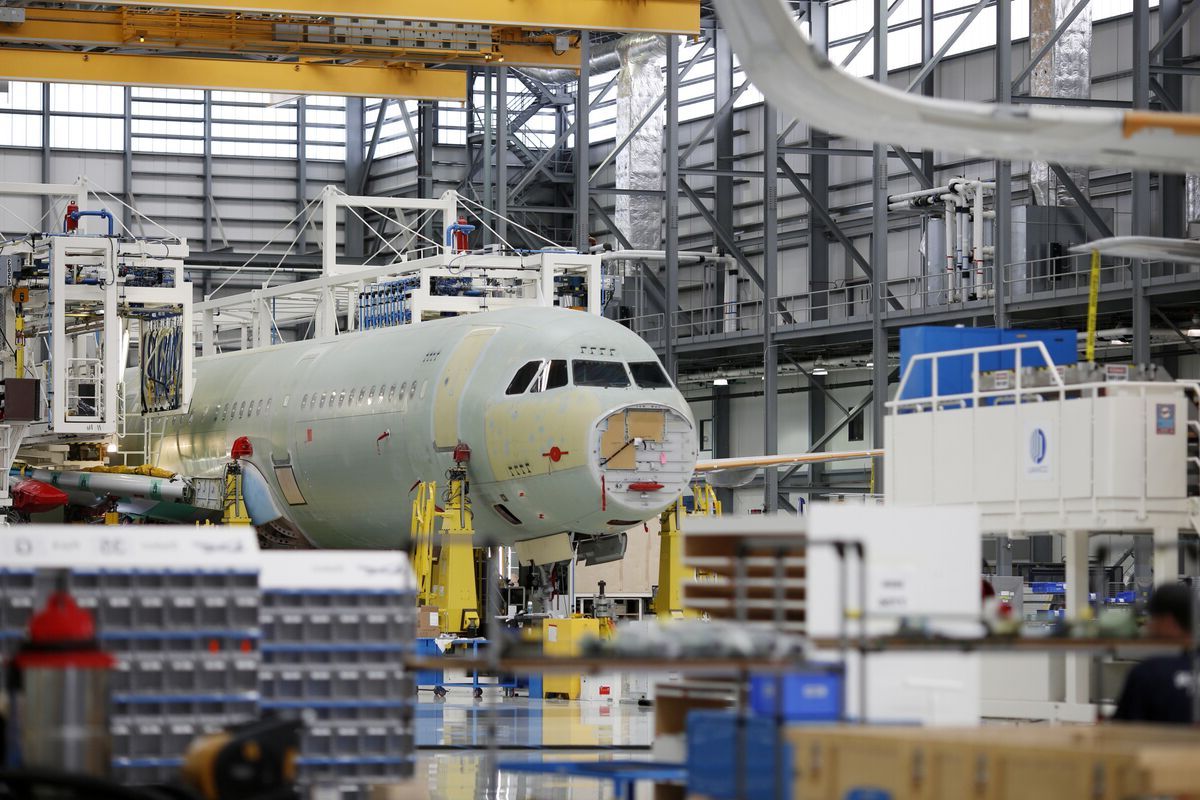
Ever wondered how aircraft have evolved over the years? From the Wright brothers' first flight to today's advanced jets, aircraft innovation has come a long way. These flying machines have transformed travel, connecting people across the globe faster than ever. But what makes modern aircraft so special? Cutting-edge technology, improved safety features, and eco-friendly designs are just a few aspects driving this evolution. Understanding these advancements not only fuels curiosity but also highlights the incredible progress in aviation. Ready to learn some mind-blowing facts about aircraft innovation? Buckle up and prepare for takeoff as we explore the fascinating world of aviation advancements!
Key Takeaways:
- The Wright brothers' understanding of control revolutionized aviation, shaping modern aircraft design and steering systems. Their 3-axis control system remains a cornerstone of aviation technology today.
- Advancements in aircraft materials, from wood and fabric to composite materials like carbon fiber, have led to lighter, stronger, and more fuel-efficient aircraft, such as the Boeing 787 Dreamliner.
The Birth of Powered Flight
The invention of powered flight revolutionized transportation and warfare. Let's explore some fascinating facts about the early days of aircraft innovation.
-
The Wright brothers, Orville and Wilbur, achieved the first powered flight on December 17, 1903, in Kitty Hawk, North Carolina. Their aircraft, the Wright Flyer, flew for 12 seconds and covered 120 feet.
-
Before the Wright brothers' success, many inventors attempted to create flying machines. One notable attempt was by Samuel Langley, whose Aerodrome failed to sustain flight in 1903, just days before the Wright brothers' success.
-
The Wright brothers' breakthrough came from their understanding of control. They developed a three-axis control system, which allowed the pilot to steer the aircraft effectively. This system is still used in modern aircraft.
Advancements in Aircraft Design
As technology progressed, aircraft design saw significant improvements. These advancements made flying safer, faster, and more efficient.
-
The introduction of the jet engine in the 1940s marked a significant leap in aircraft technology. Frank Whittle, a British engineer, and Hans von Ohain, a German engineer, independently developed the first operational jet engines.
-
The Boeing 707, introduced in 1958, was the first commercially successful jet airliner. It could carry more passengers and fly faster than previous propeller-driven aircraft, revolutionizing air travel.
-
The Concorde, a supersonic passenger jet, began service in 1976. It could fly from New York to London in just under three hours, cutting travel time by more than half. However, due to high operational costs and noise concerns, it was retired in 2003.
Innovations in Aircraft Materials
The materials used in aircraft construction have evolved significantly, contributing to better performance and safety.
-
Early aircraft were made of wood and fabric, which were lightweight but not very durable. The transition to metal construction in the 1930s improved aircraft strength and reliability.
-
The use of composite materials, such as carbon fiber, began in the 1970s. These materials are lighter and stronger than traditional metals, leading to more fuel-efficient and longer-lasting aircraft.
-
Modern aircraft, like the Boeing 787 Dreamliner, extensively use composite materials. This reduces the aircraft's weight by up to 20%, resulting in significant fuel savings and lower emissions.
Technological Innovations in Avionics
Avionics, or aviation electronics, have seen remarkable advancements, enhancing navigation, communication, and safety.
-
The development of the autopilot system in the 1930s allowed pilots to maintain a steady course without constant manual control. Modern autopilot systems can handle complex tasks, including takeoff and landing.
-
The introduction of the Global Positioning System (GPS) in the 1990s revolutionized navigation. GPS provides precise location data, improving flight safety and efficiency. Today, most aircraft rely on GPS for navigation.
Aircraft innovation continues to evolve, pushing the boundaries of what's possible in aviation. These advancements have made air travel safer, faster, and more accessible to people around the world.
The Future of Aircraft Innovation
Aircraft innovation is moving at lightning speed. From electric planes to supersonic jets, the sky's the limit. Sustainability is a big focus, with companies working on eco-friendly fuels and reduced emissions. Automation and AI are making flights safer and more efficient. Passenger comfort is also getting a boost with new cabin designs and in-flight entertainment. Drones are revolutionizing cargo delivery and emergency services. The military is developing stealth technology and unmanned aircraft. Urban air mobility could soon make flying taxis a reality. Space tourism is on the horizon, with companies planning commercial flights to the edge of space. The aviation industry is set for exciting changes, promising a future where flying is faster, greener, and more accessible. Keep an eye on these trends—they're set to redefine how we take to the skies.
Frequently Asked Questions
Was this page helpful?
Our commitment to delivering trustworthy and engaging content is at the heart of what we do. Each fact on our site is contributed by real users like you, bringing a wealth of diverse insights and information. To ensure the highest standards of accuracy and reliability, our dedicated editors meticulously review each submission. This process guarantees that the facts we share are not only fascinating but also credible. Trust in our commitment to quality and authenticity as you explore and learn with us.


